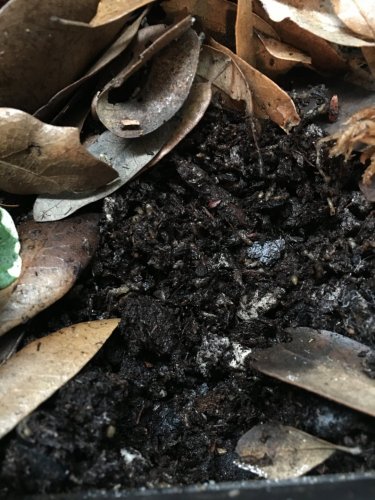jamest0o0
Chameleon Enthusiast
Looking for a soil substrate that is safe, most of them had coco fiber, sphagnum moss, and/or bark in them which i've heard can all build up and be impaction risks. Saw Reptisoil "Zoo Med Reptisoil is a special blend of peat moss, soil, sand, and carbon". This doesn't seem bad, the pictures don't show any chunks of stuff in it. Just hoping someone here had experience with this.




